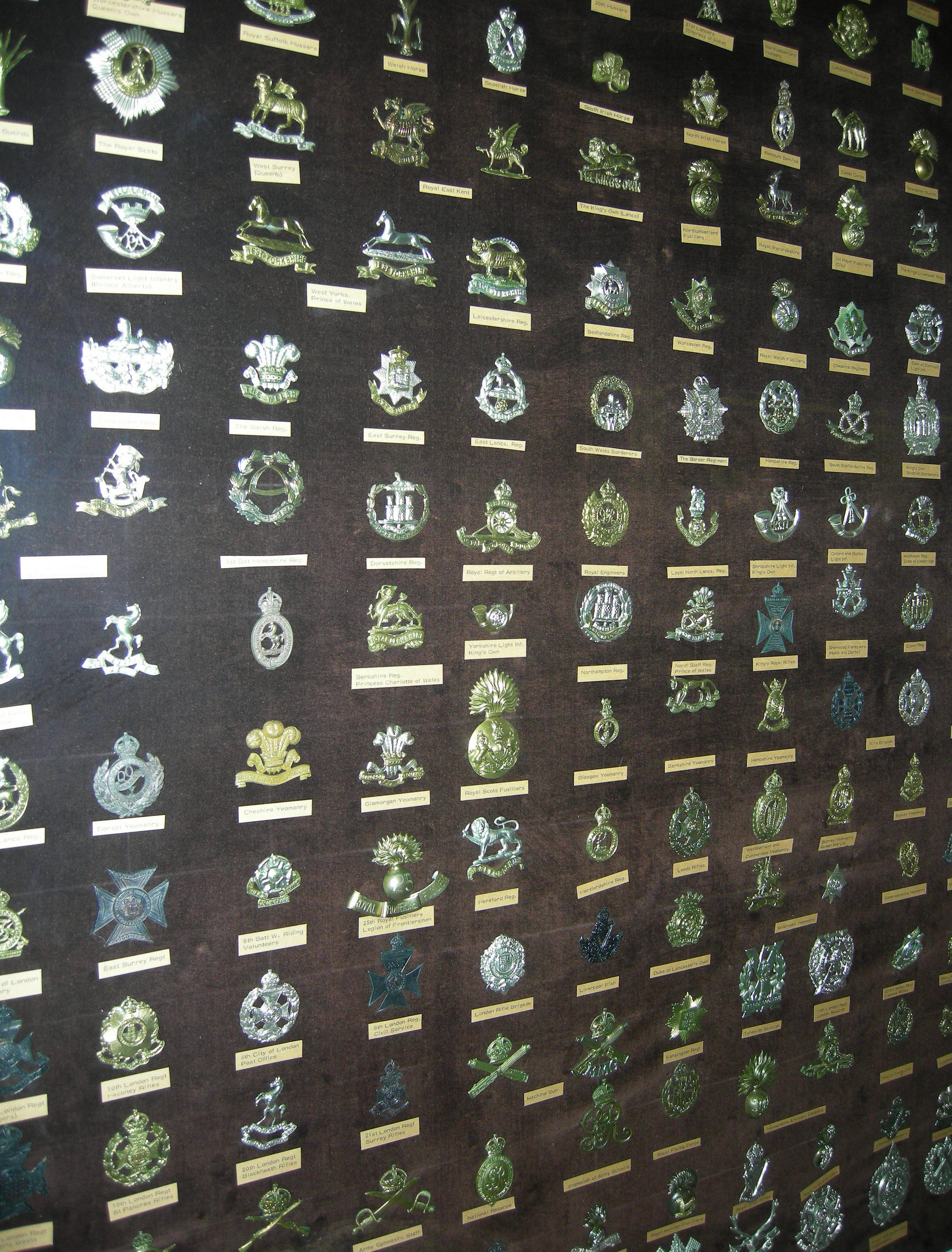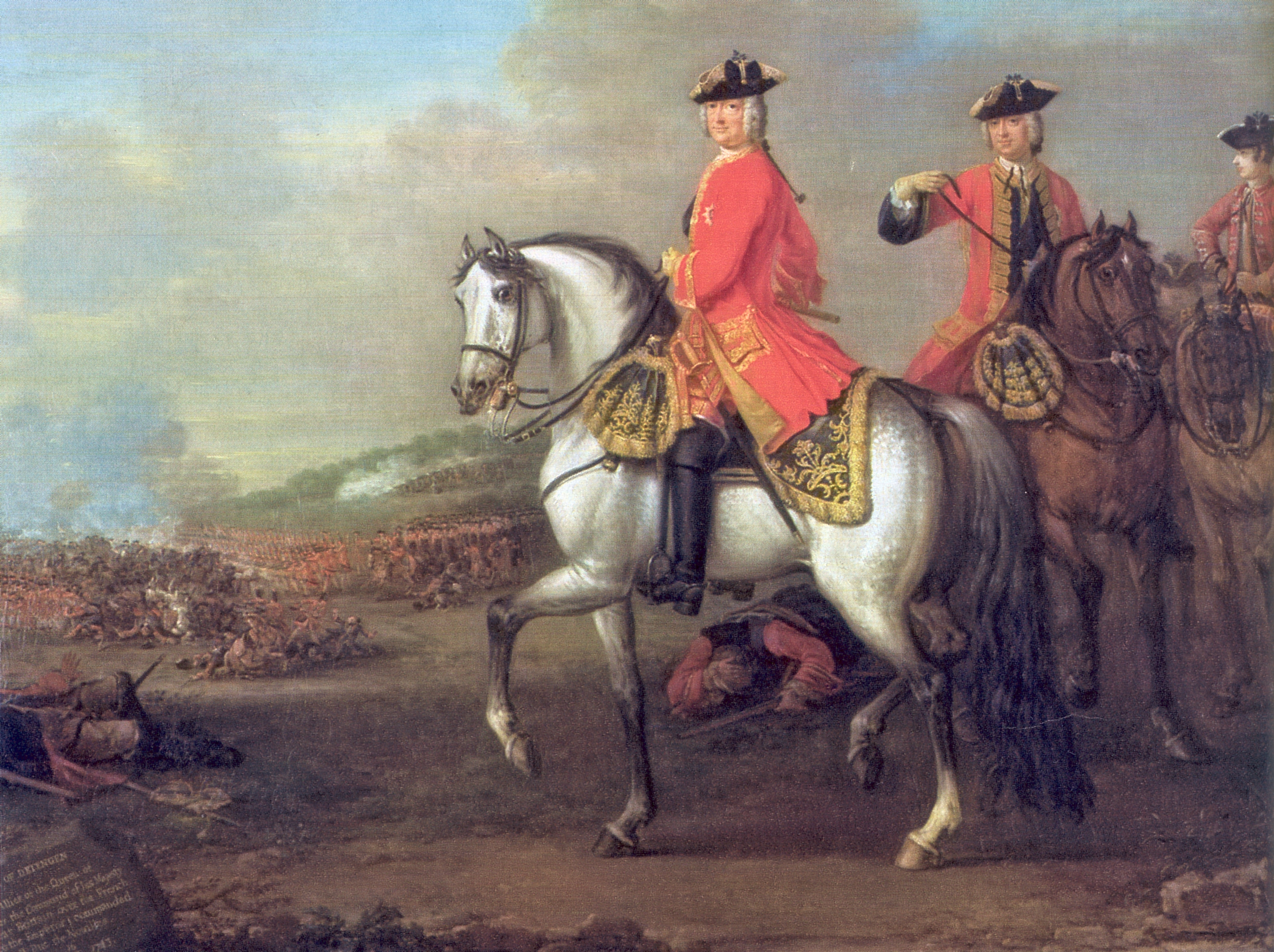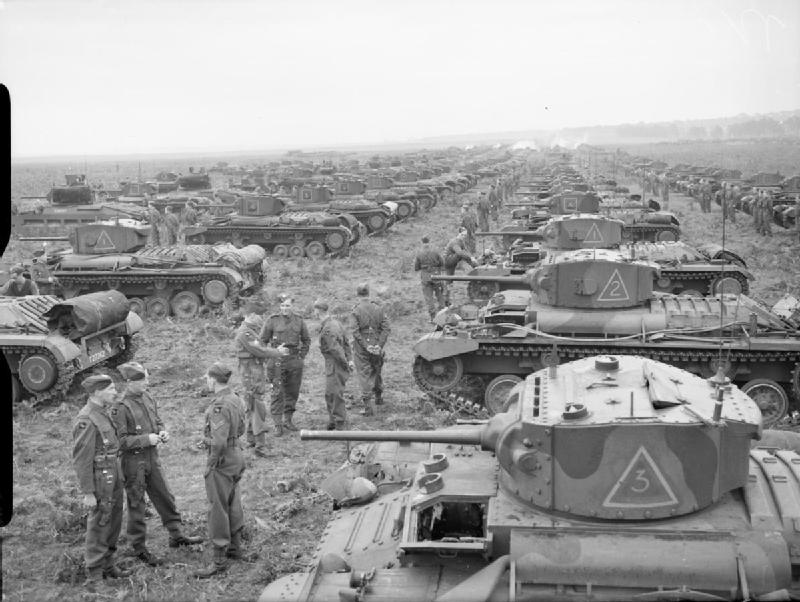|
17th Lancers
The 17th Lancers (Duke of Cambridge's Own) was a Cavalry regiments of the British Army, cavalry regiment of the British Army, raised in 1759 and notable for its participation in the Charge of the Light Brigade during the Crimean War. The regiment was amalgamated with the 21st Lancers to form the 17th/21st Lancers in 1922. History Seven Years War In 1759, Colonel John Hale (British Army officer), John Hale of the 47th (Lancashire) Regiment of Foot, 47th Foot was ordered back to Britain with General James Wolfe's final dispatches and news of his victory in the Battle of the Plains of Abraham, Battle of Quebec in September 1759. After his return, he was rewarded with land in Canada and granted permission to raise a regiment of light dragoons. He formed the regiment in Hertfordshire on 7 November 1759 as the 18th Regiment of (Light) Dragoons, which also went by the name of Hale's Light Horse.Frederick, p. 36 Colonel Hale chose for the regiment: the Totenkopf, Death's Head with ... [...More Info...] [...Related Items...] OR: [Wikipedia] [Google] [Baidu] |
Cap Badge
A cap badge, also known as head badge or hat badge, is a badge worn on uniform headgear and distinguishes the wearer's nationality and/or organisation. The wearing of cap badges is a convention commonly found among military and police forces, as well as uniformed civilian groups such as the Scouting, Boy Scouts, civil defence organisations, ambulance services (e.g. the St. John Ambulance Brigade), customs services, fire services etc. Cap badges are a modern form of Heraldic badge, heraldry and their design generally incorporates highly symbolic devices. Some badges that contain images of lions or other cats are sometimes informally referred to as cat badges. Instances in military forces British armed forces The British Armed Forces utilise a variety of metal and cloth cap badges on their headdress, generally on caps and berets. They are also worn on Uniforms_of_the_British_Armed_Forces#Turbans, Sikh turbans. British Army In the British Army (as well as other Commonwealth o ... [...More Info...] [...Related Items...] OR: [Wikipedia] [Google] [Baidu] |
Battle Of Balaclava
The Battle of Balaclava, fought on 25 October 1854 during the Crimean War, was part of the Siege of Sevastopol (1854–55), an Allied attempt to capture the port and fortress of Sevastopol, Russian Empire, Russia's principal naval base on the Black Sea. The engagement followed the earlier Allied victory in September at the Battle of Alma, Battle of the Alma, where the Russian General Alexander Sergeyevich Menshikov, Menshikov had positioned his army in an attempt to stop the Allies progressing south towards their strategic goal. Alma was the first major encounter fought in the Crimean Peninsula since the Allied landings at Kalamita Bay on 14 September, and was a clear battlefield success; but a tardy pursuit by the Allies failed to gain a decisive victory, allowing the Russians to regroup, recover and prepare their defence. The Russians split their forces. Defending within the allied siege lines was primarily the Navy manning the considerable static defenses of the city and threa ... [...More Info...] [...Related Items...] OR: [Wikipedia] [Google] [Baidu] |
Battle Of The Plains Of Abraham
The Battle of the Plains of Abraham, also known as the Battle of Quebec (), was a pivotal battle in the Seven Years' War (referred to as the French and Indian War to describe the North American theatre). The battle, which took place on 13 September 1759, was fought on a plateau by the British Army and Royal Navy against the French Army, just outside the walls of Quebec City on land that was originally owned by a farmer named Abraham Martin, hence the name of the battle. The battle involved fewer than 10,000 troops in total, but proved to be a deciding moment in the conflict between France and Britain over the fate of New France, influencing the later creation of Canada. The culmination of a three-month siege by the British, the battle lasted about an hour. British troops commanded by General James Wolfe successfully resisted the Column (formation), column advance of French troops and Canada (New France), Canadian militia under General Louis-Joseph de Montcalm, Louis-Joseph, Ma ... [...More Info...] [...Related Items...] OR: [Wikipedia] [Google] [Baidu] |
James Wolfe
Major-general James Wolfe (2 January 1727 – 13 September 1759) was a British Army officer known for his training reforms and, as a major general, remembered chiefly for his victory in 1759 over the French at the Battle of the Plains of Abraham in Quebec. The son of a distinguished general, Edward Wolfe, he received his first commission at a young age and saw extensive service in Europe during the War of the Austrian Succession. His service in Flanders and in Scotland, where he took part in the suppression of the Jacobite Rebellion, brought him to the attention of his superiors. The advancement of his career was halted by the Peace Treaty of 1748 and he spent much of the next eight years on garrison duty in the Scottish Highlands. Already a brigade major at the age of 18, he was a lieutenant-colonel by 23. The outbreak of the Seven Years' War in 1756 offered Wolfe fresh opportunities for advancement. His part in the aborted raid on Rochefort in 1757 led William Pitt ... [...More Info...] [...Related Items...] OR: [Wikipedia] [Google] [Baidu] |
47th (Lancashire) Regiment Of Foot
The 47th (Lancashire) Regiment of Foot was an infantry regiment of the British Army, raised in Scotland in 1741. It served in North America during the Seven Years' War and American Revolutionary War and also fought during the Napoleonic Wars and the Crimean War. Under the Childers Reforms it amalgamated with the 81st Regiment of Foot (Loyal Lincoln Volunteers) to form the Loyal Regiment (North Lancashire) in 1881. History Formation and early service The regiment was raised in Scotland by Colonel Sir John Mordaunt as Sir John Mordaunt's Regiment of Foot in 1741. In 1743, Peregrine Lascelles was appointed Colonel and until May 1745, the regiment was employed building a military road near Loch Lomond, part of a new route from Dumbarton to Inverary. In July, Charles Stuart landed in Scotland to launch the 1745 Rising and two companies of Lascelles garrisoned Edinburgh Castle. The remaining eight companies fought at the Battle of Prestonpans in September, when the governm ... [...More Info...] [...Related Items...] OR: [Wikipedia] [Google] [Baidu] |
John Hale (British Army Officer)
General John Hale, Sr. (1728–1806) was a British army officer who is remembered chiefly for his close friendship with General James Wolfe, and for his exceptionally large number of children by his wife Mary Chaloner, a noted beauty who was painted by Joshua Reynolds. Career As a very young officer, he played a part in suppressing the 1745 Rebellion, an experience which is said to have given him a lifelong aversion to the Scottish nation.Ffrench Blake, R.L.V. ''The 17th/21st Lancers 1759–1793'' Leo Cooper 1968 p. 7 He was stationed at Fort Edward earned distinction as a captain in 1755 at the siege of Fort Beauséjour. He later took part in the Siege of Louisbourg as the commander of the 47th Regiment of Foot under James Wolfe. He also commanded the regiment in the Battle of the Plains of Abraham. He was a close friend of General James Wolfe, and it was Hale whom the dying Wolfe ordered to carry his final dispatches back to England. Hale received a grant of Crown lands ... [...More Info...] [...Related Items...] OR: [Wikipedia] [Google] [Baidu] |
John Hale By Joshua Reynolds
John is a common English name and surname: * John (given name) * John (surname) John may also refer to: New Testament Works * Gospel of John, a title often shortened to John * First Epistle of John, often shortened to 1 John * Second Epistle of John, often shortened to 2 John * Third Epistle of John, often shortened to 3 John People * John the Baptist (died ), regarded as a prophet and the forerunner of Jesus Christ * John the Apostle (died ), one of the twelve apostles of Jesus Christ * John the Evangelist, assigned author of the Fourth Gospel, once identified with the Apostle * John of Patmos, also known as John the Divine or John the Revelator, the author of the Book of Revelation, once identified with the Apostle * John the Presbyter, a figure either identified with or distinguished from the Apostle, the Evangelist and John of Patmos Other people with the given name Religious figures * John, father of Andrew the Apostle and Saint Peter * Pope John (disambigu ... [...More Info...] [...Related Items...] OR: [Wikipedia] [Google] [Baidu] |
17th/21st Lancers
The 17th/21st Lancers was a Cavalry regiments of the British Army, cavalry regiment of the British Army. It was formed in England by the amalgamation of the 17th Lancers and the 21st Lancers in 1922 and, after service in the World War II, Second World War, it amalgamated with the 16th/5th The Queen's Royal Lancers to form the Queen's Royal Lancers in 1993. History Second World War The regiment was formed in England during the interwar period by the amalgamation of the 17th Lancers and the 21st Lancers on 27 June 1922. The regiment was deployed to Meerut in India in 1936 and it was mechanised in 1938. On the outbreak of the World War II, Second World War, in September 1939, the regiment transferred back to the United Kingdom and became part of the 26th Armoured Brigade (United Kingdom), 1st Motor Machine Gun Brigade defending south-east England. On 12 October 1940, the 1st Motor Machine Gun Brigade became the 26th Armoured Brigade (United Kingdom), 26th Armoured Brigade. On 9 No ... [...More Info...] [...Related Items...] OR: [Wikipedia] [Google] [Baidu] |
21st Lancers
The 21st Lancers (Empress of India's) was a cavalry regiment of the British Army, raised in 1858 and amalgamated with the 17th Lancers in 1922 to form the 17th/21st Lancers. Perhaps its most famous engagement was the Battle of Omdurman, where Winston Churchill (then an officer of the 4th Hussars), rode with the unit. History Formation The regiment was originally raised in Bengal by the East India Company in 1858 as the 3rd Bengal European Light Cavalry, for service in the Indian Rebellion. As with all other "European" units of the Company, it was placed under the command of the British Crown in 1858, and formally moved into the British Army in 1862, when it was designated as a hussar regiment and titled the 21st Regiment of Hussars. A detachment saw service in the 1884–5 expedition to the Sudan, with the Light Camel Regiment. In 1897 it was re-designated as a lancer regiment, becoming the 21st Lancers. The Indian origin of the regiment was commemorated in its "French ... [...More Info...] [...Related Items...] OR: [Wikipedia] [Google] [Baidu] |
Crimean War
The Crimean War was fought between the Russian Empire and an alliance of the Ottoman Empire, the Second French Empire, the United Kingdom of Great Britain and Ireland, and the Kingdom of Sardinia (1720–1861), Kingdom of Sardinia-Piedmont from October 1853 to February 1856. Geopolitical causes of the war included the "Eastern question" (Decline and modernization of the Ottoman Empire, the decline of the Ottoman Empire, the "sick man of Europe"), expansion of Imperial Russia in the preceding Russo-Turkish wars, and the British and French preference to preserve the Ottoman Empire to maintain the European balance of power, balance of power in the Concert of Europe. The flashpoint was a dispute between France and Russia over the rights of Catholic Church, Catholic and Eastern Orthodox Church, Orthodox minorities in Palestine (region), Palestine. After the Sublime Porte refused Nicholas I of Russia, Tsar Nicholas I's demand that the Empire's Orthodox subjects were to be placed unde ... [...More Info...] [...Related Items...] OR: [Wikipedia] [Google] [Baidu] |
Charge Of The Light Brigade
The Charge of the Light Brigade was a military action undertaken by British light cavalry against Russian forces during the Battle of Balaclava in the Crimean War, resulting in many casualties to the cavalry. On 25 October 1854, the Light Brigade, led by James Brudenell, 7th Earl of Cardigan, Lord Cardigan, mounted a frontal assault against a Russian artillery battery which was well-prepared with excellent fields of defensive fire. The charge was the result of a misunderstood order from the commander-in-chief, FitzRoy Somerset, 1st Baron Raglan, Lord Raglan, who had intended the Light Brigade to attack a different objective for which light cavalry was better suited, to prevent the Russians from removing captured guns from overrun Turkish positions. The Light Brigade made its charge under withering direct fire and reached its target, scattering some of the gunners, but was forced to retreat immediately. The events were the subject of Alfred, Lord Tennyson's narrative poem "The ... [...More Info...] [...Related Items...] OR: [Wikipedia] [Google] [Baidu] |






